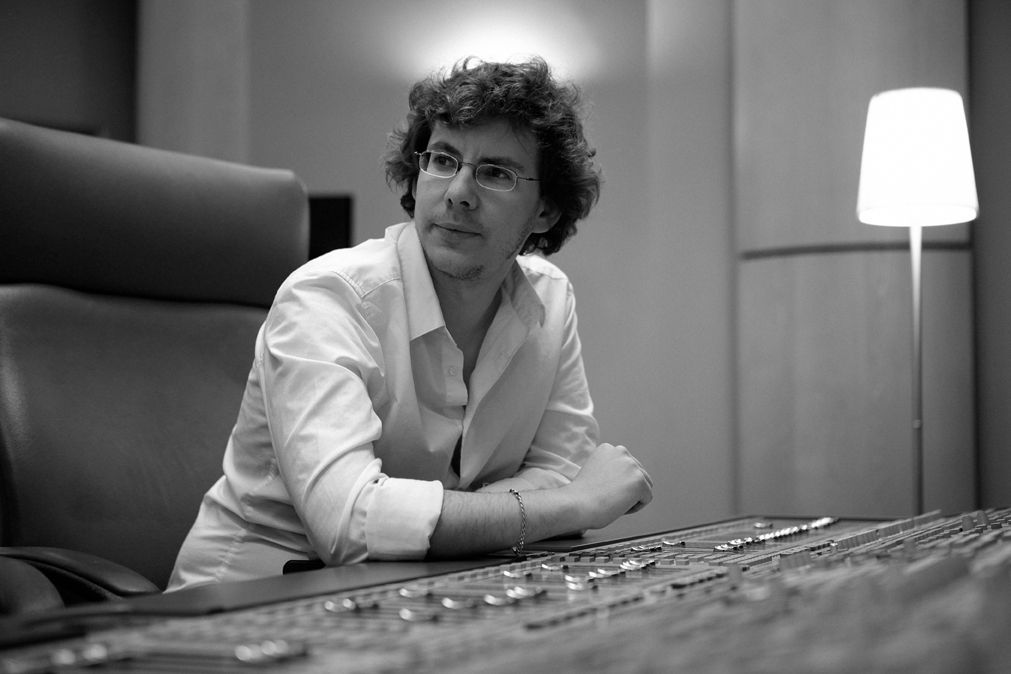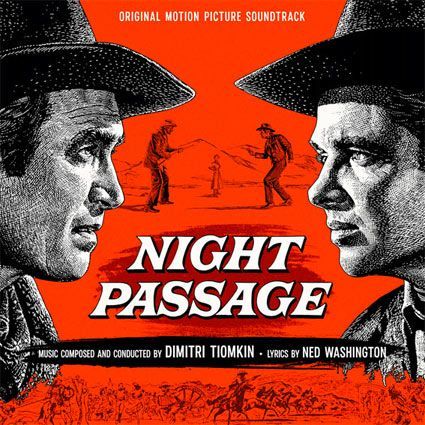Prince of Foxes
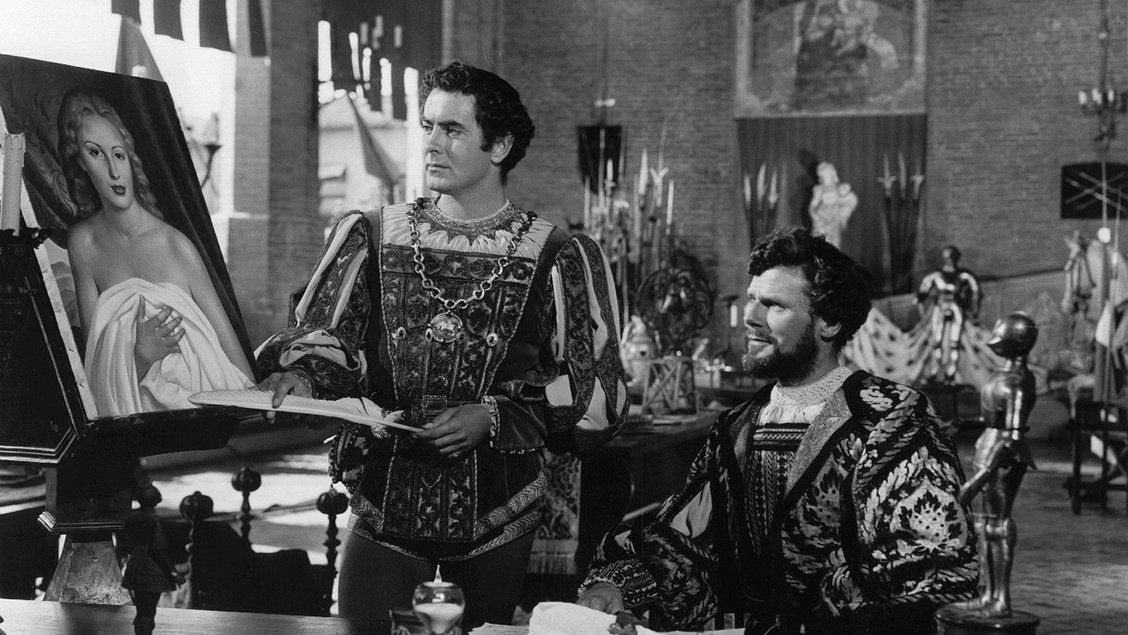
Film Music Notes: January - February 1950
Publication: Film Music Vol.IX / No.3 / pp. 7-9
Publisher: New York: National Film Music Council © 1950
PRINCE OF FOXES is in every way the raw material for grand opera. Writers who know the traditions of the lyric theater would have no difficulty at all in converting it into a libretto. Except for a tragic ending, obligatory in grand opera, all the romantic elements are present. There is an Italian Renaissance setting, peopled mostly by a nobility that lives by intrigue and warfare. There are a heroine of irreproachable virtue, a hero whom Fate has lifted from humble origins to consort with the mighty, an evil and ambitious despot, a hired assassin, an aged husband with religious and democratic sentiments, a long-suffering mother, and a host of minor characters.
Their big scenes are already outlined. Andrea Orsini (tenor) would have a gay bantering song in the art dealer's shop, a barcarolle for the Venice scene, a long soliloquy before his easel as he considers how his life has been changed by association with Varano and Camilla. He would have two heroic arias, one for the announcement of his loyalty to Varano, the other as he leads his troops into battle.
Cesare Borgia (baritone) would have a brilliant and cynical "Credo" in the first act, as he stands before the map of Italy and reveals his plans for conquest. Camilla (lyric soprano) would have at least two arias, one a "Flower Song" as she contemplates the destruction of her rose garden, the other an affirmation of love after the unmasking and torture of her beloved. Mona Karia (contralto) would have a brilliant scene with her son Andrea: her anger might rise to a high A and then be dissolved in an "Ave Maria", In addition she might sing a brief "Pieta" for her tortured son. Belli (bass) would have a "Laughing Song" at the beginning of the last act. Minor characters would have their minor opportunities, and the chorus would show off brilliantly as peasants and townsfolk in the festival scene, as soldiers in the battle scenes, as courtiers and banquet guests. Ballet is similarly provided for. Most important of all; there would be love duets lyrical, tragical and passionate.
Alfred Newman's music throughout the film is as operatic as the screenplay. It has the grand romantic afflatus. This is luxurious music, sensuous in its melodic line, rich in its harmonic and orchestral sonorities. There is little polyphonic writing, the aim being always to project the melodic materials. All of these melodic materials are vocal, and although they have now the configurations of incidental music, they would convert easily into operatic forms. Newman has constructed his score according to the leitmotif technique.

This method of composition would allow him in an opera (as it does in the film score) to develop quite fully a motif like the one that characterizes Cesare Borgia; it could provide a stunning orchestral accompaniment for a Borgia "Credo". Varano's theme is already the beginning of an aria; extended and developed, it could be the' "hit song" of an opera, an applause-getter like "Di Provenza".
Orsini's theme has received in the film score a great variety of treatment. It's opening intervals, ascending fourths that stress the dominant, tonic, and sub-dominant, present an unmistakable profile; its suggestive powers are therefore tremendous.
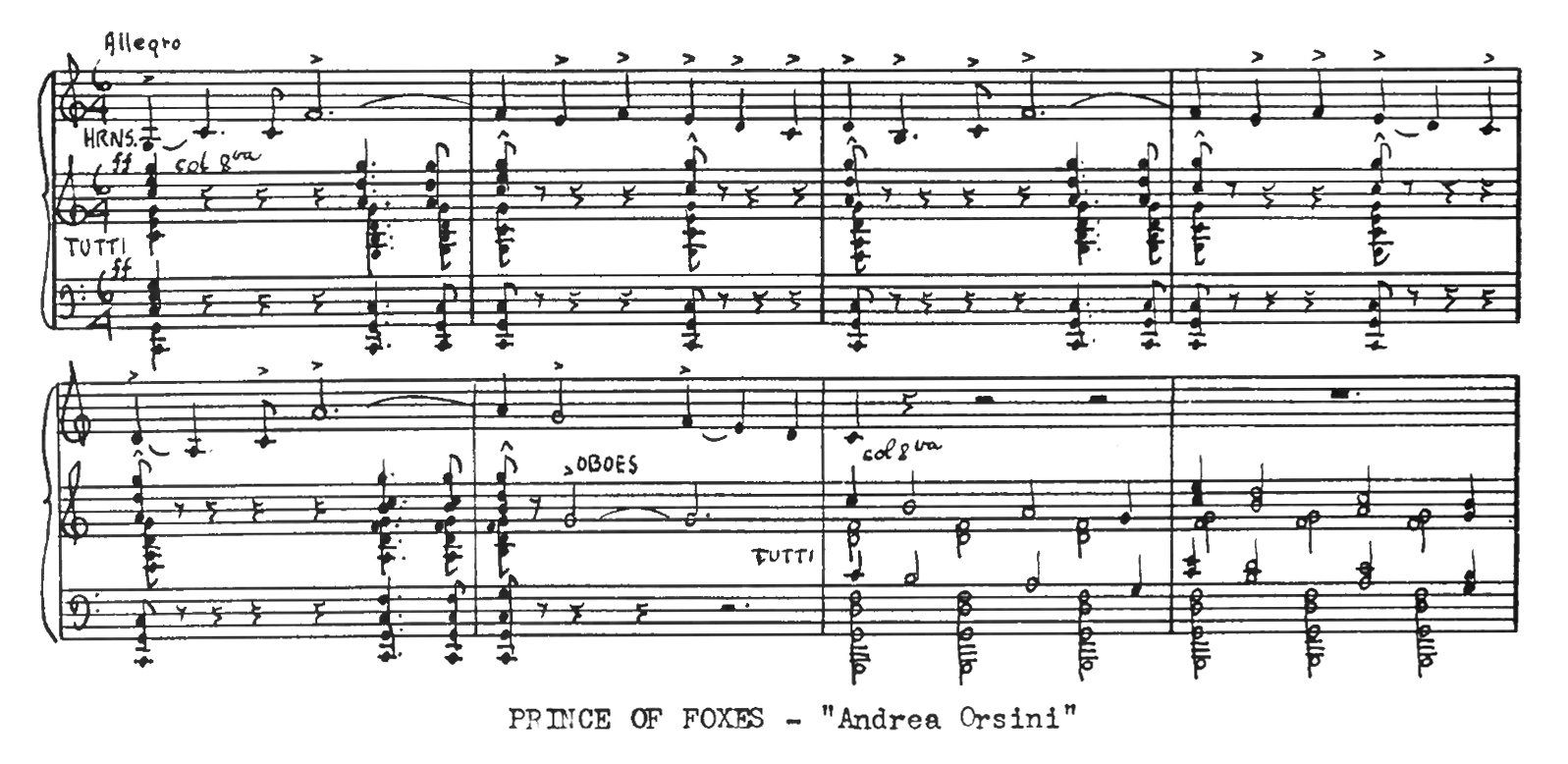
Orsini’s big battle aria is already practically composed in the film score; and its culmination in a grand duet is plainly indicated by Newman's adding to it, as a counterpart, the theme for Camilla. This theme is a paraphrase of a song heard early in the film during scene on the Grand Canal in Venice. It subsequently does double duty as Camilla's theme and as a love theme.
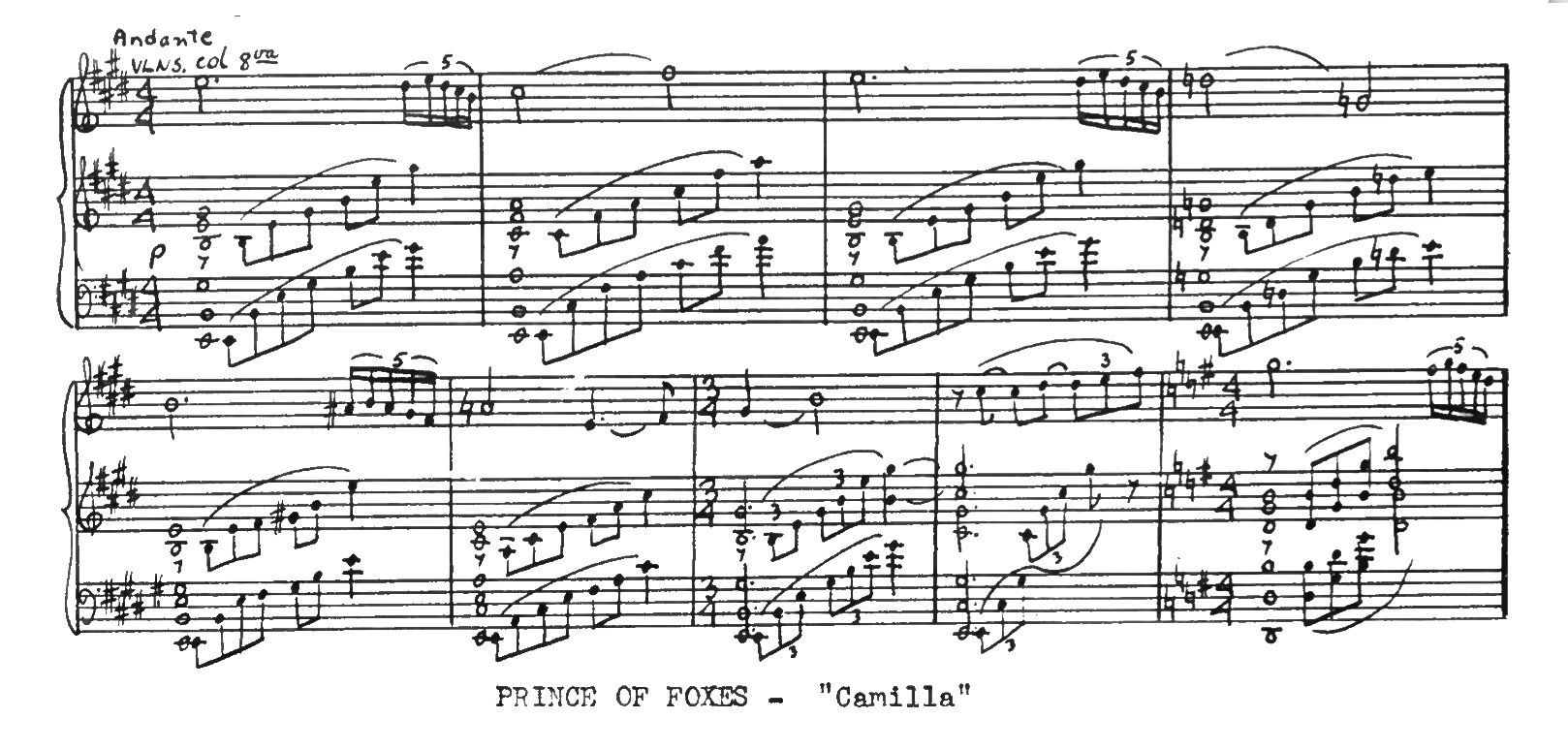
Newman has not been inspired by these formulas. The worst that can he said about his score is that it matches the film. The role of Camilla, for instance, as written and acted, has precisely the quality that Newman's theme gives it. The same is true of Varano and his theme. One might say that this kind of motion-picture scoring is too faithful. Orsini, on the other hand is certainly flattered by his theme and its development. Newman has scored here the character that Tyrone Power is not good enough an actor to portray. It should be noted that in the one scene where the drama is really convincing and believable, thanks to Katina Paxinou - the scene between mother and son - the music similarly achieves real dramatic power through the skillful handling of the leitmotifs, especially the Borgia motif that projects itself through the musical texture and generates echoes of its brass sonority that are heard almost to the end of the scene. It is significant too that the best music has been written for the scenes where Newman can escape from the film into the realm of straight music; the festival scene with its attractive folk-like tune, and the scene before the battle, where the Orsini theme is developed into a full-blown military piece.
